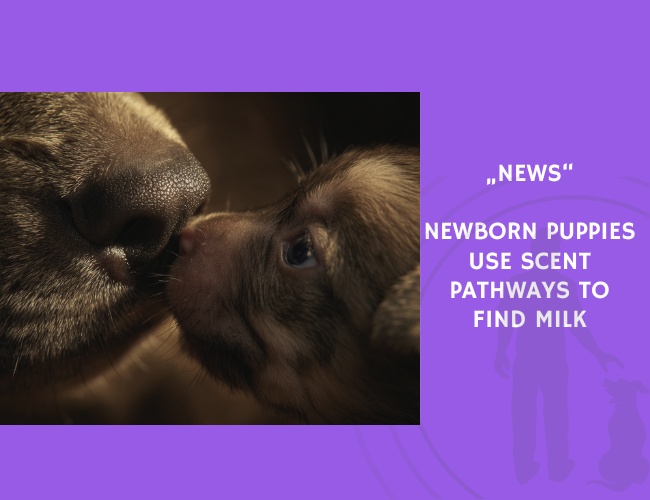A new study uncovers the hidden sensory tools that help newborn puppies find their mother’s milk—revealing that chemical bonding begins at birth.
Instinct meets anatomy: Researchers have confirmed that newborn puppies possess a functional connection between their nasal and oral cavities via the incisive duct (ID), which enables early use of the vomeronasal organ (VNO). This system allows them to detect maternal pheromones and orient themselves toward milk within the first hours of life.
From scent to survival: Using detailed histological techniques, the team demonstrated that the ID is not only present in perinatal puppies, but also supported by cartilage and erectile tissue—keeping it structurally intact during sampling behaviors such as licking. This sensory access enables puppies to chemically interpret their environment before their eyes even open.
Bonding through scent: At Zoeta Dogsoul, we believe true training begins where biology starts—through instinctual trust and recognition. The Soul Recall we teach mirrors this primal recognition: it’s not about control—it’s about connection, even from birth.










